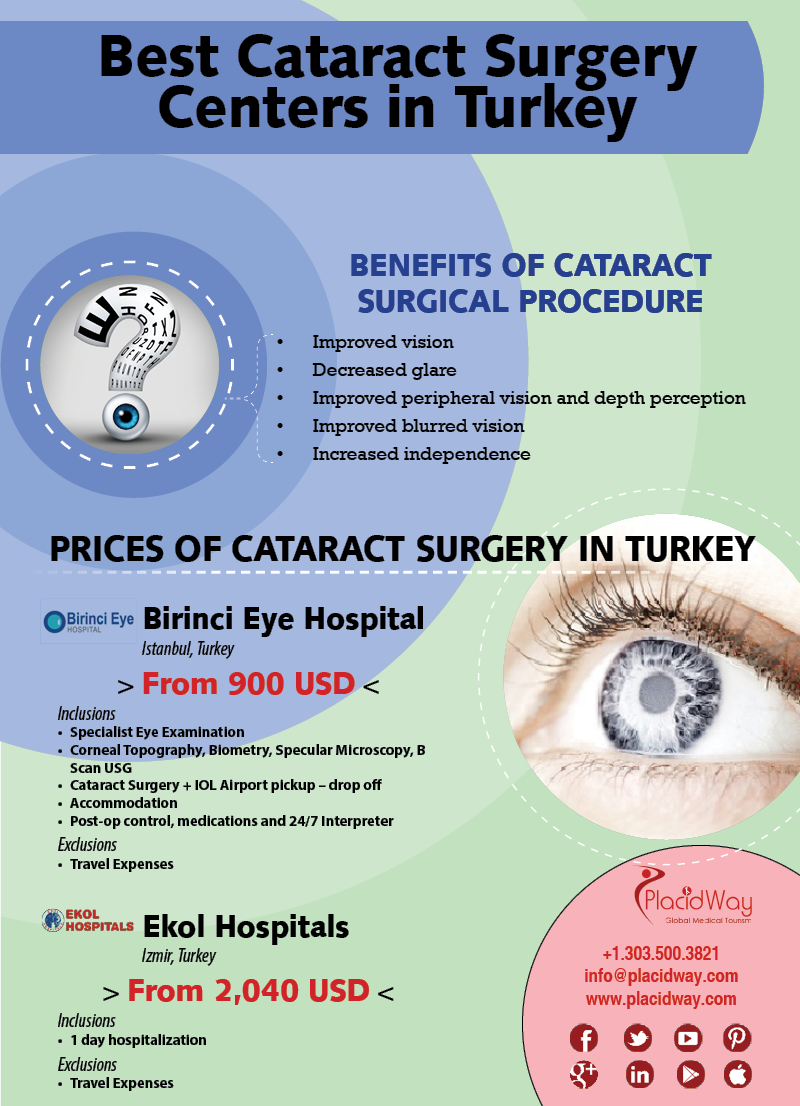Check Out A Fascinating Trip Tracing The Growth Of Cataract Surgical Treatment Approaches That Are Reinventing The Expectation Of Eye Medical Care
Check Out A Fascinating Trip Tracing The Growth Of Cataract Surgical Treatment Approaches That Are Reinventing The Expectation Of Eye Medical Care
Blog Article
Personnel Writer-Burton Kearney
As you discover the evolution of innovative cataract surgical treatment strategies, you'll witness a journey noted by ingenuity and precision. From ancient approaches that paved the way for contemporary technologies to sophisticated innovations that are changing the area, the extensive introduction of cataract surgical treatment strategies is a testament to human development and commitment to improving person results. The complex interaction in between historical techniques and futuristic developments develops an intriguing narrative that clarifies the development of one of the most common procedures worldwide.
Historic Strategies and Innovations
Check out how very early doctors changed cataract therapy by using ingenious methods and tools. In the past, cataract surgical treatment was a high-risk and unpleasant treatment. However, ancient Indian medical professionals were among the initial to attempt medical treatments for cataracts, making use of a technique called 'couching' where a sharp instrument was made use of to push the cataract back right into the eye. This method, though crude by today's standards, prepared for future advancements in cataract surgical treatment.
As time advanced, Arab physicians made substantial contributions by establishing specialized needles for cataract removal. These needles were used to pierce the cataract and afterwards extract it from the eye, marking a substantial renovation in surgical precision.
Later, in the 18th century, the French doctor Jacques Daviel originated the strategy of extracapsular cataract removal, where the whole lens was gotten rid of undamaged through a bigger laceration. This noted a significant innovation in cataract surgery methods, paving the way for the modern-day treatments we utilize today.
Modern Surgical Approaches
Early methods in cataract surgical treatment have actually developed substantially, bring about the growth of modern surgical strategies that prioritize precision and boosted patient results. Modern cataract surgical procedure currently commonly entails a procedure called phacoemulsification, where an ultrasonic device breaks up the cataract for removal with a tiny incision. This method permits quicker healing and decreases the risk of complications compared to older methods.
Additionally, making use of innovative intraocular lenses (IOLs) has actually changed cataract surgical procedure end results. These lenses can deal with not only the cataract but also other refractive mistakes like astigmatism, minimizing the demand for glasses post-surgery.
Surgeons today also have accessibility to innovative imaging modern technologies that aid in accurate preoperative planning and intraoperative decision-making. Optical coherence tomography (OCT) and various other imaging modalities give comprehensive pictures of the eye's structures, permitting an extra customized approach to every person's surgical procedure. With these developments, modern-day cataract surgery strategies continue to boost, providing clients safer procedures and much better visual results.
Arising Technologies in Cataract Surgery
With improvements in modern technology revolutionizing the area, cataract surgery is experiencing the integration of cutting-edge strategies for enhanced client outcomes. Emerging innovations in cataract surgical procedure are reshaping the landscape of sensory procedures. One such improvement is femtosecond laser innovation, which allows for accurate corneal lacerations, capsulotomies, and lens fragmentation, resulting in improved surgical accuracy and end results.
In addition, intraoperative aberrometry is getting appeal, enabling real-time measurements of refractive errors during surgical procedure to enhance intraocular lens power calculations and decrease postoperative refractive shocks.
In addition, the use of innovative imaging technologies like optical comprehensibility tomography (OCT) and intraoperative wavefront aberrometry help doctors in specific surgical preparation and implementation. These devices offer detailed anatomical details and help personalize surgical strategies for each and every person's unique eye characteristics.
Furthermore, 2 weeks post cataract surgery in artificial intelligence are being explored to aid in preoperative planning, intraoperative decision-making, and postoperative care, potentially maximizing medical outcomes and client satisfaction. Welcoming these emerging innovations in cataract surgery holds pledge for more enhancing person outcomes and guaranteeing the proceeded advancement of ophthalmic medical techniques.
Conclusion
As you trip with the history of cataract surgery, you witness the transformation from old practices to cutting-edge modern technologies. Like Continue Reading climbing from the ashes, cataract surgical treatment has actually developed into a sign of hope and innovation.
Equally as a caterpillar emerges from its cocoon as an attractive butterfly, cataract surgical treatment has progressed into a polished art type, offering individuals more clear vision and a brighter future.
The evolution continues, shining a light on countless opportunities.
